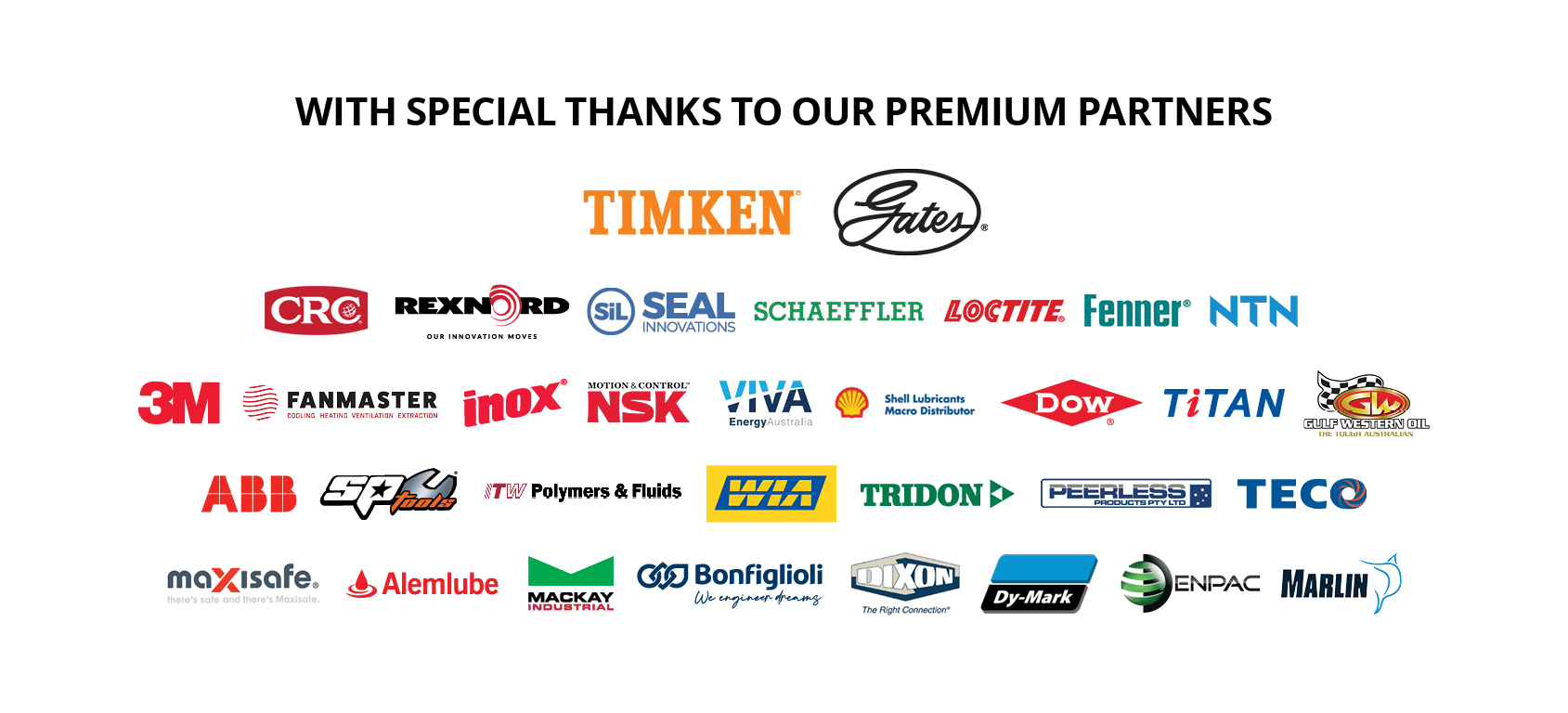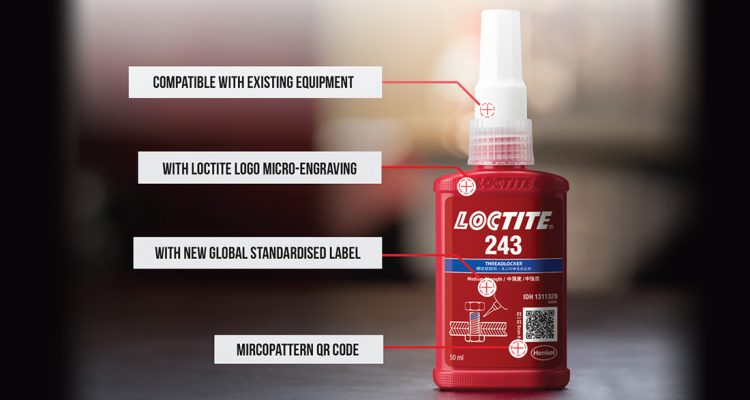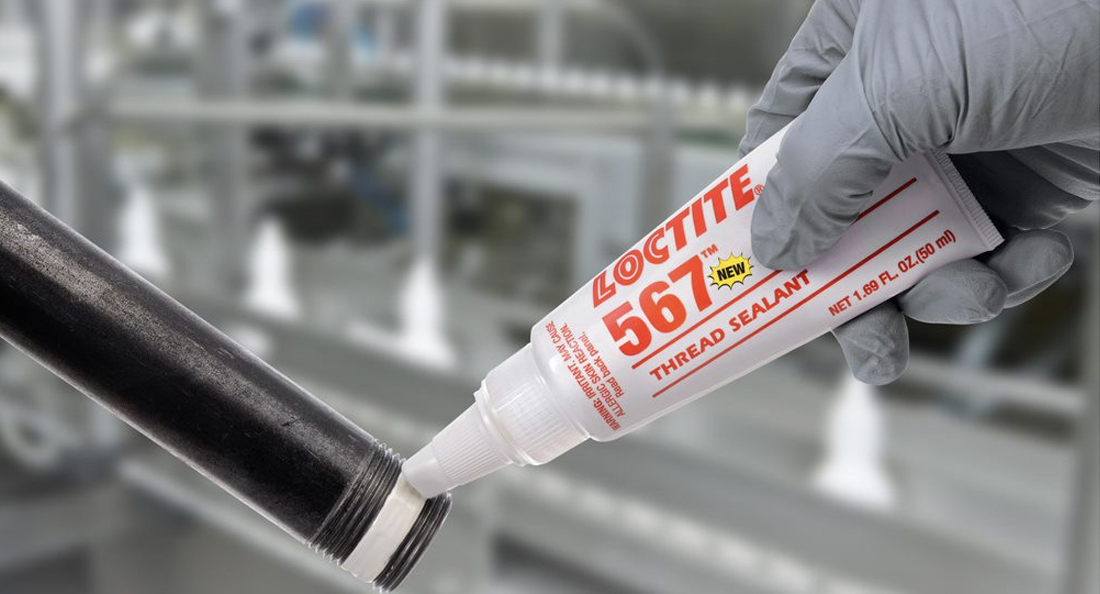Vibrational loosening is a common contributor to equipment fails. And in water and wastewater applications, the risk of fasteners coming apart is further exacerbated by the amount of moisture in the environment.
According to industry specialist Michael Rowe, who is the Product Manager of Adhesives and Sealants at BSC, the combination of vibration and moisture is a recipe for equipment failure.
“In the water and wastewater sector you’ll have a lot of moisture content, whether that be in pools or the general atmosphere. And wherever there is moisture there is corrosion,” he explains. “Likewise, there will be a number of pumps and other machinery that is vibrating, and that vibration not only affects equipment but can go down the line to other structures. That vibration can cause fasteners to come apart.”
Additionally, mechanical fasteners have gravity to contend with. They come undone more easily than they can be locked back into place.
“For instance, when you have the torque at a specific tension, it will take 30% less effort for to undo than tighten it back up – it is comparable to an object that is being pushed up a hill as opposed to being rolled down,” says Rowe. “Also, there is only 25-30% metal-to-metal contact in a fastener assembly – the rest is an air gap. To lock it into place or seal it up is essential to keeping your equipment working. This is because it can easily come undone from vibration or from the ingress of moisture, which causes corrosion in that area. When fasteners come undone that gives you untimely downtime, whether that be from equipment failure or leak points.”
Moreover, in the context of water and wastewater applications, these kinds of mechanical issues can have implications for the environment too.
“Again, making sure those fasteners are tight is vitally important,” Rowe stresses. “Improving the machine reliability and performance will make the equipment and the surrounding structures safer. This is true for both personnel working at the plant, and from an environmental perspective. You want to prevent any bad spills from occurring.”
The long-established Henkel LOCTITE anaerobic adhesive range was designed exclusively for this purpose. The product range includes threadlockers, thread sealants, retaining compounds and the flange sealants.
According to Rowe, the LOCTITE anaerobic range, particularly the threadlockers, are considered “go to” products within water and wastewater industrial applications. This is because they are “proven to work” and can be used on different fastener materials, including dissimilar metals.
“If you have an assembly where you have dissimilar metals, for example an aluminium housing that uses mild steel bolts, the dissimilar metals and moisture will create electrolysis,” he explains. “This is where an electrical current will arc between the two and start promoting corrosion. But a LOCTITE anaerobic adhesive can lock or seal those up; it will work effectively on different materials.”
Marco Battois, who is the Head of Marketing for Adhesive Technologies with Henkel Australia and New Zealand, reiterates the fact that Henkel have many years’ experience in the adhesive field.
“In fact, LOCTITE invented anaerobic resins over 60 years ago. And the red bottle that contains LOCTITE threadlocker adhesive is recognised worldwide. It is iconic,” he stresses. “The brand is recognised and established for being reliable.”
For this reason, Henkel have recently upgraded the packaging of the LOCTITE anaerobic range, featuring micro-engraving in two textured areas and a smart QR code with a micropattern. The new upgrade covers LOCTITE 50ml and 250ml threadlockers, thread sealants, gasket sealants, retaining compounds and two-step structural acrylic bottles.
“The change in packaging started as an exercise to verify the authenticity of our product range, so customers could be sure their product was not counterfeit,” Battois explains. “But it became an opportunity to include more product detail and information for customers. By scanning the QR code, customers will have access to the online portal where there is technical data, as well as how-to videos and a mobile product selector guide.”
Battois was quick to reassure that the new bottle designs will not impact the way existing customers apply the product to their equipment. The new bottles are compatible with the original hand pumps. And all IDH numbers remain unchanged too. He also mentioned that Henkel were rolling out a number of innovations along with the new packaging, including a new handheld dispensing pump and a new “rattler” or “junker” machine that tests vibrational loosening.
“This will be used in our maintenance and repair workshops. These workshops are an integral part of the training we provide, and the rattler enables us to create what we call the ‘LOCTITE moment’ – this really shows the end user why they should be using the LOCTITE anaerobic products in their maintenance practices,” Battois enthuses. “Of course, BSC play an integral role in facilitating these workshops too. Our partnership is very important in being able to directly work with customers to provide them with fit for purpose solutions.”
Rowe echoed Battois’s comments, reiterating the fact that the BSC sales force and technical team are also fully trained in the latest LOCTITE technologies and solutions.
“Henkel and BSC have been working together for over 40 years. At BSC we work closely with Henkel in discussing how the likes of fasteners have issues and how the use of these products can provide the customer with the ability to prevent unwanted downtime and make sure equipment reaches its hopeful life cycle in a range of areas,” explains Rowe.
“Another one of the ways that the BSC teamwork is that if one of the BSC team is out in the field and comes across a concern with a customer, we can call on Henkel for advice. Because we have that direct relationship, we can ask Henkel to provide a technical analysis, and then together we will come up with a solution that best suits the customer’s needs and application.”




